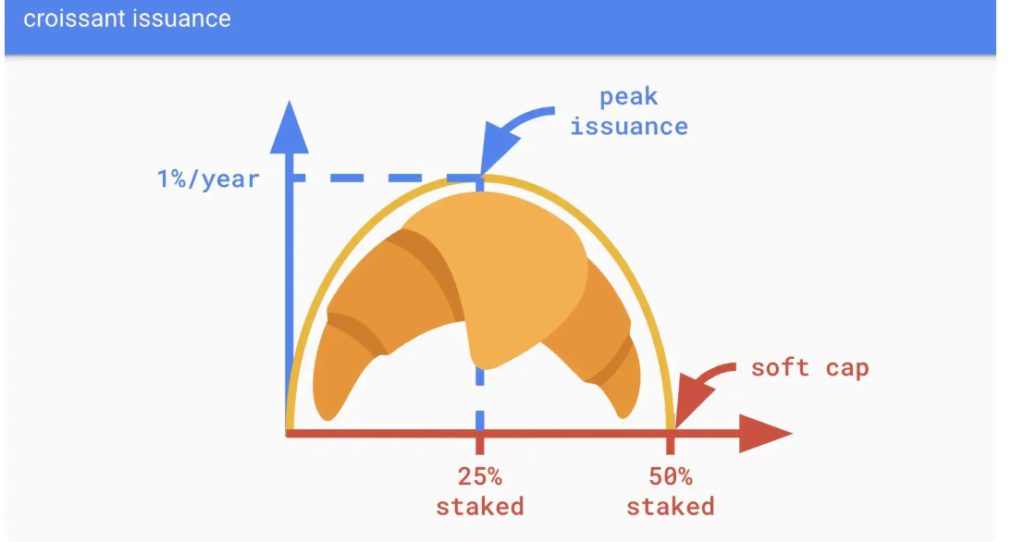ETH and BTC
Before delving into the issuance and burn of Ethereum, let's briefly introduce ETH and BTC.
Native internet currencies are a huge opportunity, worth tens of trillions of dollars. Currency premiums rarely accumulate on a large scale. You need a truly attractive asset with outstanding properties to coordinate society.
At first glance, monetariness is a zero-sum game. In the internet age, gold has been demonetized. Only two currency candidates can replace it and win the internet currency war - BTC and ETH. No other currencies can match them. In my opinion, the decisive factors are trustworthy neutrality, security, and scarcity.
Since the Ethereum Merge, ETH has become more scarce than BTC. Notably, BTC supply grew by 666,000, worth $66 billion, while ETH supply remained stable. Now, BTC supply grows 0.83% per year, 66% faster than ETH. For those looking to the future, ETH supply will further decrease.

Scarcity is important, but ultimately the internet currency war may be resolved by security. Ironically, the famous 21 million BTC cap is the culprit. BTC issuance will drop to zero - this is bitcoin's strongest social contract. After a few halvings, issuance will become negligible.
Here's a data point: in the past 7 days, only 1% of miner revenue came from bitcoin transaction fees, 99% from bitcoin issuance. Despite 4 halvings reducing issuance 16-fold, and 15 years of searching for bitcoin's transaction utility, this is still the case.
In my view, the bitcoin blockchain is outdated. Sustaining a 51% attack on bitcoin would cost around $10 billion and 10GW of power. For nation-states, the cost is trivial. As for power, Texas can produce 80GW. BTC's security ratio is 200 to 1, a $2 trillion asset secured by a $10 billion economic security.
Any short-selling tools related to BTC mining will incentivize 51% attacks. There are $20 billion in bitcoin mining company stocks - these stocks would immediately "go nuclear". There are $40 billion in BTC futures open interest - direct short positions. Not to mention potential short positions generated by $100 billion in ETFs and $100 billion in MSTR.
Can BitVM solve the fee problem? Any BitVM bridge is an incentive to 51% attack bitcoin. In fact, 51% attackers can review fraud proofs and drain BitVM bridges within the challenge period. Ironically, BitVM can be seen as a direct attack on bitcoin.
If BTC price rises 10x, surpassing gold, will bitcoin still be secure? Assume this happens in the next 11 years. BTC will become a $20 trillion asset, but due to 3 halvings, issuance will shrink 8-fold. The security ratio will exceed 1000 to 1. I believe this is untenable, especially as BTC becomes institutionalized, more liquid, and ultimately easier to short. Imagine a $1 trillion perpetual futures contract, but only $10 billion in economic security.
Can bitcoin self-repair before it's too late? Bitcoin is the embodiment of blockchain rigidity. Can it have a 1% tail issuance per year? Maybe bitcoin can switch to PoS and rely on minimum fees? PoS is blasphemy. Maybe bitcoin can switch to another PoW algorithm? No, that nuclear option is futile. Maybe bitcoin can have large blocks and massively sell data availability? Well, a holy war was once fought over small blocks.
If you've read this far and understood the above, congratulations. Even today, few people are aware of the long-term implications of bitcoin's PoW and its impact on the BTC asset. This is an opportunity to get ahead, but it requires patience. The timeline is not 1 month, not even 1 year - it's 10 years.
Speaking of long-term frameworks, Lummis' proposal to lock up BTC for 20 years is a bit crazy - by then bitcoin will be obsolete. Worse, if the US holds trillions of dollars in BTC, this will directly incentivize America's enemies to launch 51% attacks. Contrary to popular belief, bitcoin has no resistance to nation-states - countries like Russia can easily launch 51% attacks.
ETH Issuance
Back to ETH. The current issuance curve is a trap. Unfortunately, like bitcoin's issuance, Ethereum's issuance design is flawed. It guarantees a 2% tail APR even if 100% of ETH is staked. Since staking costs are far below 2%, every rational ETH holder will be incentivized to stake.
When most ETH is staked, we face losses:
→ ETH Displacement: Liquid staking tokens like stETH and cbETH replace the original ETH as collateral. This injects systemic risk (custody risk, slashing risk, governance risk, smart contract risk) into DeFi. This displacement also weakens ETH's role as a unit of account and further cascades the currency premium.
→ Real Yields and Tax Rates: Real yields, adjusted for supply growth, decline as ETH staking increases. When 100% of ETH is staked, all ETH holders will be equally diluted. Worse, income tax is levied on nominal yields. If no stakers enjoy positive real yields, while all ETH holders face tens of billions in annual sell pressure, that will be a tragedy.
In my view, the issuance curve should be driven by staker competition to discover a fair issuance rate - not an arbitrary 2% floor. This means that as ETH staking increases, the issuance curve must ultimately decline to zero. My suggestion is a "Croissant Issuance".

The "croissant issuance" is a simple semi-elliptical shape with two parameters:
→ Soft cap: the staking ratio when the issuance is reduced to zero. A 50% staking soft cap feels credible, neutral and pragmatic.
→ Peak issuance: the theoretical maximum issuance that ETH holders would bear. An arbitrary integer (e.g. 1% per year) would suffice, as the final rate will be determined by the market.
Ethereum Foundation researchers have been studying issuance for years - in my opinion, the current curve has been broken and needs to change, which is a rough consensus. Guiding the social layer to change issuance is not easy. For the champions, this is an opportunity to address this and coordinate changes to the mainnet in the coming years.
ETH Burning
In my view, a sustainable way to burn large amounts of ETH is to expand data availability. Having 10 million TPS and $0.001 per transaction DA is more profitable than having 100 TPS and $100 per transaction.
I would not be surprised if we see hundreds of ETH worth of blobs being burned daily this year, and then this burn rate could suddenly plummet again due to peer data availability (DAS) in the Fusaka fork.
Yes, the blobs (data blocks) introduced by EIP-4844 have reduced the total burn to some extent, which is a natural supply-demand phenomenon. When demand for DA catches up with supply, blobs are expected to be heavily burned. A few months later, the Pectra hard fork will double the blob count. The short-term goal is growth, and significant growth is expected.
Over the next few years, supply and demand will continue to play cat and mouse until full Danksharding deployment is complete. If we see hundreds of ETH worth of blobs being burned daily this year, and then this burn suddenly collapses again due to peer DAS in the Fusaka fork, I would not be surprised.
Looking ahead, this is about building infrastructure for the next decades and centuries. The fundamentals will emerge in the coming years. Whether it's Bitcoin security, ETH issuance or ETH burning, patience and confidence are required.







